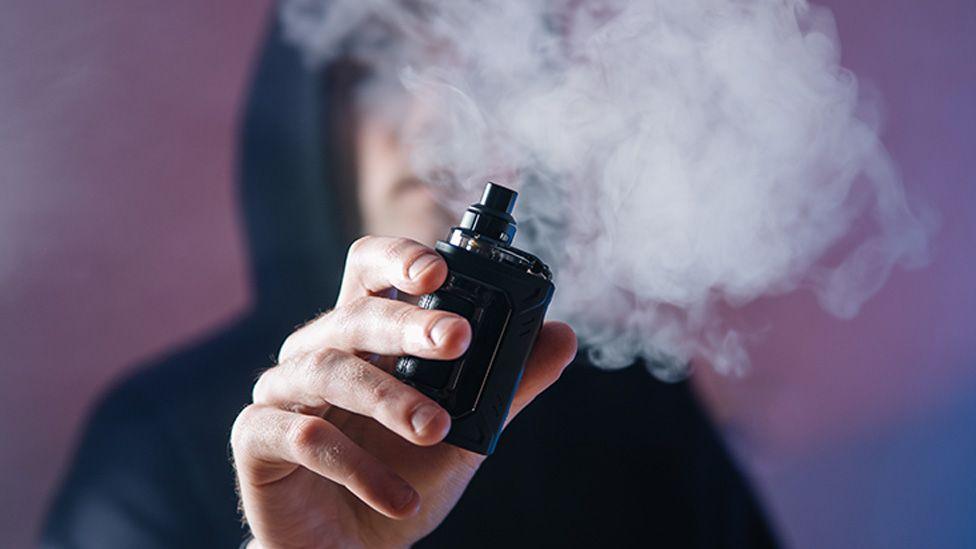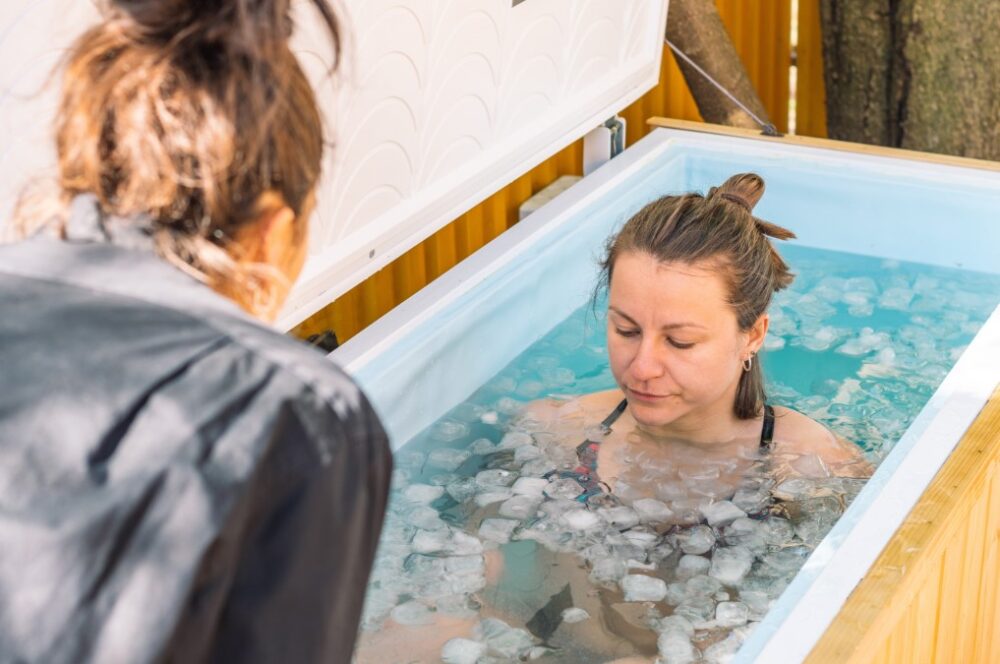A good night’s sleep is essential for overall health and well-being. Yet many people struggle with falling asleep, staying asleep, or waking up feeling refreshed.
While factors such as stress, anxiety, and poor sleep hygiene can contribute to sleep issues, an often-overlooked solution is regular stretching. Incorporating a consistent stretching routine into your daily life can lead to significant improvements in sleep quality.
In this article, we’ll explore the connection between stretching and sleep, and how you can use stretching tools like CastleFlexx to optimize your sleep quality. Lying awake in the middle of the night is not the time to begin thinking, “What could I have done to prevent this?”
The Link Between Stretching and Sleep
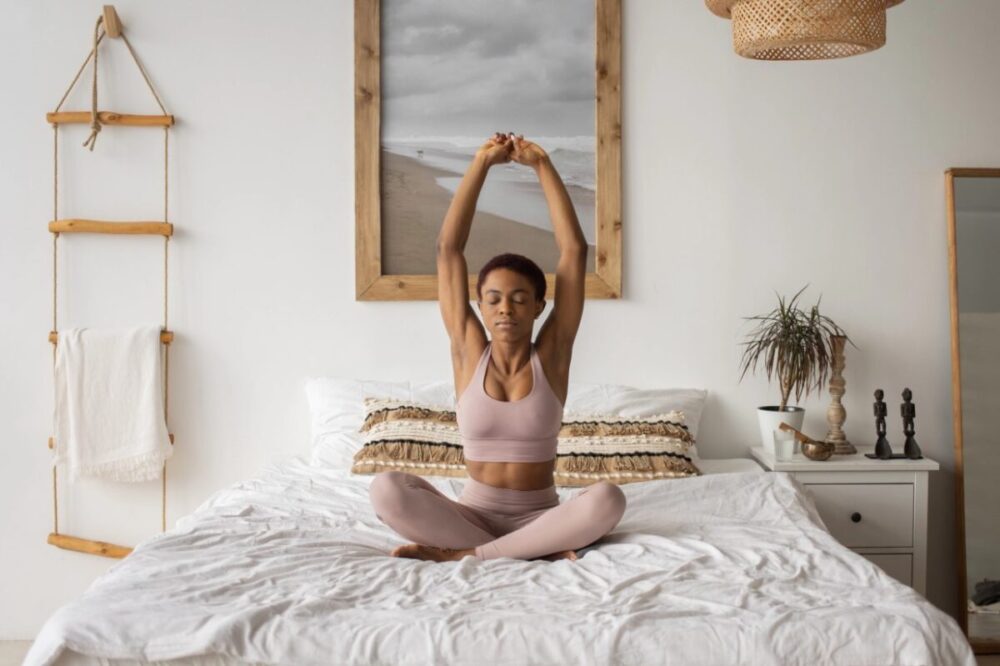
Quality stretching has been shown to have a positive impact on sleep quality in several distinct ways. The most frequently cited are:
- Stress and anxiety reduction stress and anxiety are common culprits when it comes to sleep issues. When you’re stressed, your body releases cortisol, a hormone which can disrupt your sleep-wake cycle. Stretching helps reduce stress and anxiety by promoting relaxation and reducing muscle tension. As you stretch, your body releases endorphins, the “feel-good” hormones which help counteract the effects of stress and promote a sense of calm and well-being.
- Muscle tension relief tight, tense muscles can lead to discomfort and pain, making it difficult to fall asleep and stay asleep. Stretching helps alleviate muscle tension by lengthening and relaxing tight muscles. This can lead to a greater sense of physical comfort and relaxation, making it easier to drift off to sleep and enjoy a more restful night.
- Improved circulation stretching helps improve circulation throughout the body by increasing blood flow to the muscles and tissues. This increased circulation can help reduce inflammation and promote healing, leading to less pain and discomfort interfering with sleep. Improved circulation also helps deliver oxygen and nutrients to the body’s cells, promoting overall health and vitality.
- Enhanced melatonin production melatonin is a hormone that plays a crucial role in regulating your sleep-wake cycle. Studies have shown that regular stretching can help increase melatonin production, particularly when performed in the evening. This boost in melatonin can help you fall asleep faster and enjoy a more restful, restorative sleep.
Stretching Techniques for Better Sleep
Having explored the link between stretching and sleep quality we can posit some specific stretching techniques you can incorporate into your bedtime routine for better sleep. The most common ones are:
- Seated forward bend ─ this gentle stretch targets the hamstrings, lower back, and calves. Sit on the floor with your legs extended in front of you. Slowly bend forward from the hips, reaching for your toes. Hold the stretch for 15-30 seconds, breathing deeply and allowing your muscles to relax.
- Child’s pose ─ the child’s pose is a restful stretch that targets the back, hips, and shoulders. Kneel on the floor with your toes touching and your knees spread apart. Sit back on your heels and extend your arms forward, resting your forehead on the ground. Hold the stretch for 30 seconds to 1 minute, breathing deeply and allowing your body to relax.
- Supine twist ─ this stretch targets the spine, hips, and shoulders, promoting relaxation and stress relief. Lie on your back with your arms extended out to the sides, palms facing up. Bend your right knee and cross it over your left leg, allowing your right knee to rest on the ground. Keep your shoulders flat on the ground and turn your head to the left. Hold the stretch for 15-30 seconds, then repeat on the opposite side.
- Legs up the wall ─ this restorative stretch is excellent for promoting circulation and reducing stress. Lie on your back with your buttocks close to a wall. Extend your legs up the wall, allowing your arms to rest by your sides. Close your eyes and focus on your breathing, holding the stretch for 5-10 minutes.
Using CastleFlexx Equipment for Sleep-Enhancing Stretches
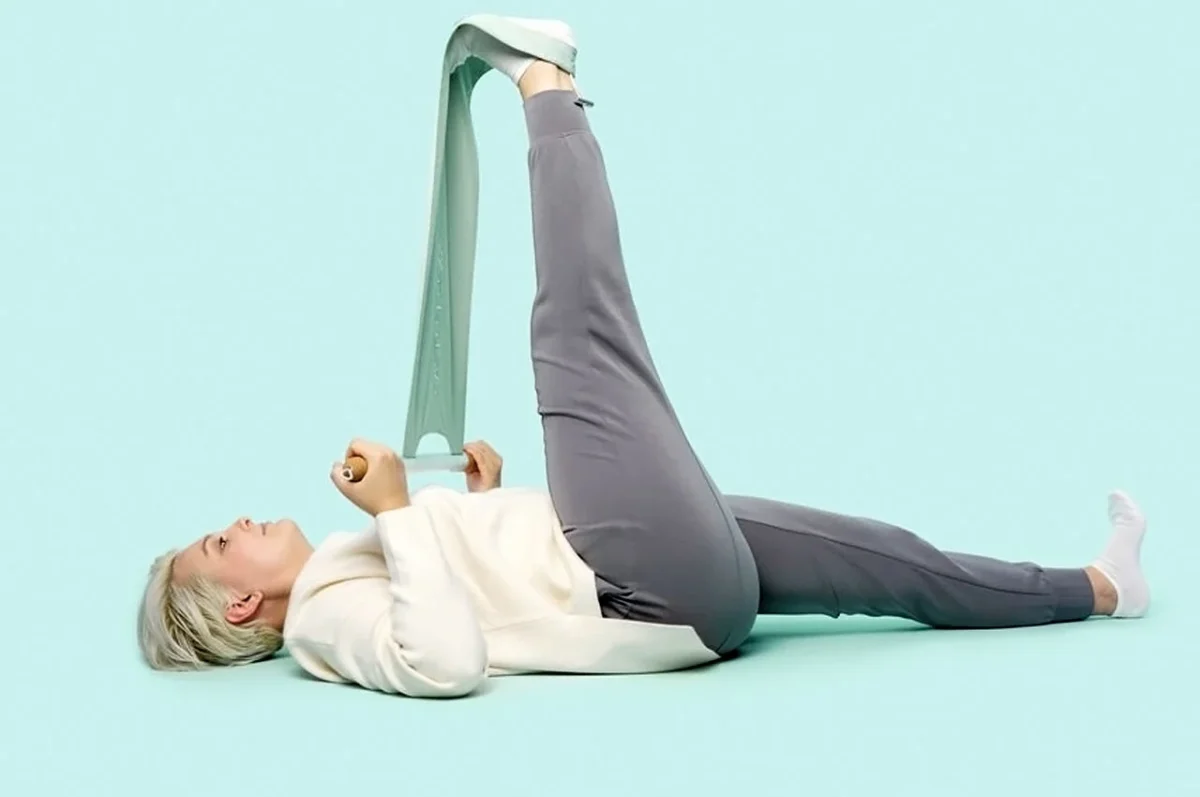
Incorporating CastleFlexx equipment into your stretching routine can help you achieve a deeper, more effective stretch, further enhancing the sleep-promoting benefits of stretching.
- CastleFlexx resistance bands use CastleFlexx resistance bands to gently deepen your stretches and target specific muscle groups. For example, loop a resistance band around your foot during a seated forward bend to gently increase the intensity of the stretch in your hamstrings and lower back.
- CastleFlexx stretching straps CastleFlexx stretching straps can help you maintain proper form and alignment during stretches, ensuring that you’re targeting the intended muscle groups and avoiding injury. Use a stretching strap to gently deepen a supine twist, or to support your legs during legs up the wall stretch.
- CastleFlexx stretching mats a CastleFlexx stretching mat provides a comfortable, non-slip surface for your bedtime stretching routine. The mat’s cushioning helps protect your joints and spine, while the non-slip surface ensures that you can maintain proper form and balance throughout your stretches.
Tips for Incorporating Stretching into Your Bedtime Routine
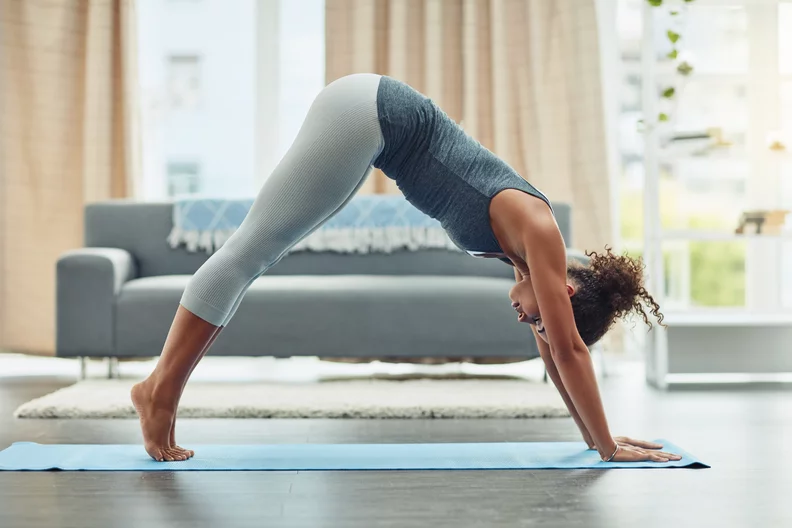
To maximize the sleep-enhancing benefits of stretching, consider these tips for incorporating stretching into your bedtime routine:
- Stretch consistently ─ Aim to stretch for at least 10-15 minutes each evening, ideally as part of your bedtime routine.
- Create a relaxing environment ─ Perform your stretches in a quiet, dimly lit room to promote relaxation and set the stage for sleep.
- Focus on your breath ─ As you stretch, focus on taking slow, deep breaths, allowing your body and mind to relax.
- Listen to your body ─ Stretching should never be painful. If you experience pain or discomfort during a stretch, ease back on the intensity or stop the stretch altogether.
- Combine stretching with other sleep hygiene practices ─ In addition to stretching you should incorporate other sleep hygiene practices into your bedtime routine, such as avoiding electronic devices, creating a cool and comfortable sleep environment, and establishing a consistent sleep schedule.
Conclusion
Regular stretching is a simple yet powerful tool for improving sleep quality. By reducing stress and anxiety, relieving muscle tension, improving circulation, and enhancing melatonin production, stretching can help you fall asleep faster, stay asleep longer, and wake up feeling more refreshed and rejuvenated.
Incorporating specific stretching techniques and tools like CastleFlexx into your bedtime routine can further enhance the sleep-promoting benefits of stretching. By creating a consistent stretching practice and combining it with other sleep hygiene strategies, you can take a proactive approach to optimizing your sleep quality and overall well-being.
The benefits of stretching extend far beyond sleep quality, as it can also improve flexibility, reduce the risk of injury, and promote overall physical and mental well-being. So by making stretching a regular part of your daily routine you’ll be taking an important step towards a healthier, happier, and more well-rested life and be able to congratulate yourself on doing so.


